NANO & Pfizer / BioNTech SE / Moderna / DARPA
& the Strüngmann family, etc. and QUANTUM DOTS
ALL ARE DEEPLY INVOLVED IN THE RESEARCH AND IMPLEMENTATION OF NANOTECHNOLOGY
The Strüngmann family
Thomas Struengmann doesn’t see COVID-19 going away completely anytime soon.
Together, he and his brother Andreas own 47% of BioNTech which is based in Mainz, Germany and trades on the U.S. Nasdaq market. Struengmann, 70, says he has no intention of selling his shares anytime soon. “For me this is a dream come true,” he adds, referring to the possibility of a coronavirus vaccine.
Altogether, he says that he and his brother so far have invested about $1.5 billion into the biotech industry. Their goal is to fund the development of highly innovative drugs that will cure disease – and be accessible.
Thomas Struengmann remembers meeting BioNTech CEO Ugur Sahin and Chief Medical officer Oezlem Tuereci in 2008, when they were brought together by a VC fund. Sahin and his wife Tuereci had left their academic careers at the University of Mainz to found Ganymed Pharmaceuticals and work on cancer immunotherapy.
Sahin and Tuereci then founded BioNTech to work on mRNA-based individualized cancer therapy. The Struengmann brothers together invested $270 million in the company (BioNTech), which went public last October on the Nasdaq.
Can a company that specializes in cancer therapies produce a successful vaccine? Perhaps with help from Pfizer and Fosun Pharmaceuticals.
About BioNTech AG
BioNTech is Europe’s largest privately held biopharmaceutical company pioneering the development of individualized therapies for cancer and other diseases.
BioNTech´s approach is validated by five top-tier corporate partnerships with Genentech, Genmab, Eli Lilly & Company, Sanofi and Bayer Animal Health.
Founded in 2008, BioNTech’s shareholders include the MIG Fonds, Salvia and the Strüngmann Family Office, with the Strüngmann Family Office as the majority shareholder. More information about BioNTech is available at www.biontech.com.
Strüngmann Family
https://web.archive.org/web/20101021094141/http://perspectives.mpg.de/39832/bmIntroduction.pdf
In spite of this thematic diversity, there is one research focus that has grown rapidly within the Section in recent years — primus inter pares — and in which 12 institutes are involved: neurobiology. Some institutes devote their attention entirely to this area, such as the Institute of Neurobiology, the Institute of Experimental Medicine, the Institute of Brain Research and the Institute of Psychiatry. Other institutes have taken up neurobiological topics in individual departments. These include the Max Planck Institute for Chemical Ecology in Jena, which studies the evolution of the olfactory sense in insects, the Max Planck Institute for Ornithology in Seewiesen, where scientists are investigating the neurobiological basis of behaviour in birds, and the Max Planck Institute of Biochemistry in Martinsried, which is driving the development of neuroelectronic systems involving the connection of nerve cells and semiconductor chips.
systems involving the connection of nerve cells and semiconductor chips.
In 2008, a cooperation agreement with the Strüngmann family led to the foundation of the Ernst Strüngmann Institute, which will devote its attention to projects in medicine and the natural sciences — primarily in the field of cognitive neuroscience.
https://web.archive.org/web/20120114052839/http://www.brain.mpg.de/institute/history/recent-history/
Ernst Strüngmann Institute
The year 2008 also saw the foundation of the Ernst Strüngmann Institute (ESI), whose mission is to promote research in the field of cognitive neuroscience, funded by the Ernst Strüngmann Foundation and scientifically supervised by the MPG. This Institute is housed in the current building of the MPI for Brain Research in Niederrad and is conceived to have three departments. Pascal Fries was appointed as the first ESI Director and as Scientific Member of the Max Planck Society in 2009, and took up work in 2010.
http://brain.mpg.de/home.html (https://web.archive.org/web/20160304185820/http://brain.mpg.de/home.html)
https://web.archive.org/web/20110713125544/http://www.brain.mpg.de/home/
Since we're talking about brain chips, how do you like this?
https://www.slideshare.net/9440999171/brain-chips-ppt
https://www.cortec-neuro.com/struengmann_group_invests_in_further_expansion_of_cortec/
Strüngmann Group invests in further expansion of CorTec
Today CorTec announced the close of a €13 million funding.
The investor consortium is led by Santo Venture Capital, the Strüngmann family holding company.
Alongside LBBW Venture Capital, several existing shareholders participate in the funding round. Based on the investments, CorTec plans the next step of expansion with a subsidiary in the USA and the development of the next generation of the Brain Interchange Technology.
From the perspective of the two managing directors of CorTec, Dr. Jörn Rickert and Dr. Martin Schüttler, Santo’s investment confirms the increasing relevance of neurotechnology. “The fact that the Strüngmann family as German life science investors of the highest reputation invest in CorTec, testifies to the growing importance of implantable solutions in neurotherapy,” explained Dr. Jörn Rickert.
“This trend is not only evident in our market environment, but also in the public perception of companies such as Elon Musk- founded Neuralink.
It is therefore essential for us to drive our Brain Interchange technology forward, with which we are pushing the boundaries
of implant technology
used to date,” added Dr. Martin Schüttler. “Santo’s expertise will contribute to further expanding our technological capabilities.”
CorTec’s Brain Interchange technology connects the brain and technology, enabling the communication with the nervous system assisted by artificial intelligence.
“We are very impressed with CorTec’s progress to date and believe that the technology will play a significant role in the future. With our experience and network in the field of life science, especially through the connection to the Ernst Strüngmann Institute for Neurosciences, which focuses intensively on brain research, we can contribute to the further development of the company”, explained Helmut Jeggle, Managing Director of the family office (Strüngmann family).
In the same announcement, WACKER stated that Dr. Thomas Strüngmann and Prof. Ernst-Ludwig Winnacker have joined its supervisory board, effective September 26, 2005.
5. Conclusions
The idea of using organic field effect transistors (OFET) in order to switch the current for electrical excitation of nervous tissues is new and no data and experience are available in the literature. Here we were able to show that pentacene-based OFETs can be integrated into active switching matrices, 73 D Feili et al capable of gradually exciting a peripheral nerve. The authors wish that the description of technical difficulties, especially those related to dielectric layers, help to develop advanced technologies that eventually allow the realization of reliable active switching matrices, overcoming a major hurdle in developing neural prosthesis with very large numbers of channels, such as implantable vision prosthesis and brain– computer interfaces.
https://web.archive.org/web/20101226062629/http://www.massmedic.com/docs/omar07.ppt
Psivida, which develops drug delivery products, signed an exclusive research and license agreement for its technology with Pfizer Inc primarily for ophthalmology and oncology.
It will receive up to $155 million in development and sales-related milestone payments.
https://web.archive.org/web/20161129170816/http://www.psivida.com/
https://web.archive.org/web/20151009085251/http://eprints.internano.org/1715/1/Guo0926p.pdf
https://web.archive.org/web/20031015174605/http://psivida.com.au:80/news/download/Media/ASX%20Release_Diagnostics_Oct03.pdf 3 October 2003
The “smart” applications using micro-sensors and chips are reserved by pSiMedica for collaborations with global electronics and chip technology companies who have already expressed an interest in developing such products.
pSivida Limited
pSivida is an Australian-based biotechnology company committed to the biomedical applications of nano-technology and which has as its core focus the development and commercialisation of nano-structured porous silicon (BioSilicon™) in biocompatible and biodegradable forms for use in human and animal healthcare through its UK subsidiary pSiMedica Limited, and in conjunction with UK Government owned QinetiQ plc. As a true ‘platform technology’, BioSilicon™ has multiple potential applications across the high growth healthcare sector, including controlled drug delivery, tissue engineering and orthopaedics.
http://web.archive.org/web/20160221191637/http://www.modernatx.com/our-business-model/partners
Attached is a request by Knowledge Ecology International (KEI) that the Department of Defense (DoD) investigate an apparent failure by Moderna Therapeutics (“Moderna”) to disclose awards from the Defense Advanced Research Projects Agency (DARPA) in applications for patents on inventions.
The request is outlined in the attached report by Luis Gil Abinader, dated August 27, 2020, titled: “2020:3 KEI Research Note: Moderna failures to disclose DARPA funding in patented inventions.”
The obligation to disclose U.S. federal government support in patent applications is a requirement of the Bayh-Dole Act and regulations issued by the U.S. Patent and Trademark Office.
Moderna was one of the awardees under the Autonomous Diagnostics to Enable Prevention and Therapeutics (ADEPT) program and performed research related to mRNA vaccines with funds granted by DARPA. Moderna used the ADEPT funding in their Chikungunya and Zika vaccines programs. It is likely that the DARPA awards more generally supported the establishment of their mRNA platform, which can be used against other viral infections, including COVID-19. This support is acknowledged by DARPA itself; for instance on the DARPA website there is currently a statement that states “[t]he first coronavirus vaccine to start human testing is from DARPA investment in the Moderna company.”
Several of the patents filed by Moderna since March 22, 2013 (when their first grant from DARPA was awarded) claim inventions related to methods and compositions for inducing an immune response by administering an mRNA vaccine. Some of these patents are specifically related to their Chikungunya and Zika vaccines programs, some are directed to vaccines against other viral infections, and others are generally relevant to the mRNA platform Moderna has developed.
KEI examined the 126 patents assigned to “Moderna” or “ModernaTx” as well as 154 patent applications. Despite the evidence that multiple inventions were conceived in the course of research supported by the DARPA awards, not a single one of the patents or applications assigned to Moderna disclose U.S. federal government funding.
To protect taxpayer investments, the funding agency should remedy the failure to disclose by at a minimum requiring a correction to the patent and more appropriately by taking title to the patents themselves, as the sanction for the failure to disclose.
We also request the opportunity to discuss this issue with the appropriate persons at the DoD.
https://web.archive.org/web/20060211213111/http://www.aip.org:80/ca/2005/zolper.pd
https://phys.org/news/2004-09-darpa-lucent-technologies-nanotechnology-advanced.html
DARPA Selects Lucent Technologies to Provide Nanotechnology For Advanced Military Systems
Lucent to provide Ultra Dense Large Micro Electro Mechanical Systems Spatial Light Modulators for Maskless Lithography to DARPA
Lucent Technologies has been selected by the Defense Advanced Research Projects Agency (DARPA) to develop an advanced microsystem that will make the design, engineering and fabrication of next-generation advanced silicon integrated circuits faster, more economical and with increased security for military applications such as transformational communications and homeland security.
https://www.acq.osd.mil/osbp/sbir/solicitations/sbir20041/darpa041.doc
SB041-013 TITLE: Real Time Monitoring of Signaling Pathways in Biological Cells
TECHNOLOGY AREAS: Chemical/Bio Defense, Biomedical, Electronics, Battlespace, Nuclear Technology
OBJECTIVE: This topic seeks innovative research into the development and demonstration of novel concepts that use nanoscale probes (nanoparticles, nanotubes, etc.) to enable the real-time observation and data acquisition on signaling pathways in biological cells that are activated in response to specific stimuli.
Ongoing research in nanotechnology is starting to demonstrate controlled fabrication of high quality nanostructures (nanoparticles, nanotubes, nanopores, etc.) that are capable of interacting with biology at the molecular scale. Recent breakthroughs in developing nanoprobes have demonstrated the use of nanoparticles and semiconductor quantum dots as highly stable and effective reporters of cellular events. It is anticipated that these developments will lead to new kinds of nanoprobe technologies that enable detailed real-time analysis of single cells.
PHASE I: Investigate the placement of nanoprobes into biological cells to study signaling pathways. Explore appropriate engineering and bio-conjugation of these probes to detect specific molecular targets within cells in a non-intrusive manner. Study and quantify data/signal acquisition from activation of specific molecular events within the cell. Demonstrate feasibility of using nanoprobes for high SNR (Signal-to-Noise Ratio), real-time transduction of cellular signals.
PHASE II: Develop placement technologies for incorporating multiple nanoprobes into cells at various locations to track sequences of events in the signaling pathway. Verify and validate signaling pathways using data from previous input-output experiments as well as models. Demonstrate real-time, programmable control of cellular events using the probes. Demonstrate operation, stability and controllability of the nanoprobes and quantify performance metrics.
PHASE III Dual Use Applications: The capability to monitor biological cells in real time will enable the use of cells as highly sensitive and selective bio-sensors for biological/chemical agents, health monitoring and disease prevention. The ability to better understand and control signaling pathways will result in novel drugs and therapeutic methods to treat diseases and infections.
REFERENCES:
1. Jaiswal, J. K., Mattoussi, H., Mauro, J. M., and Simon, S. M., ‘Long-term Multiple Color Imaging of Live Cells using Quantum Dot Bioconjugates’, Nature Biotechnology, vol. 21, no. 1, pp: 47-51, January 2003, http://www.nature.com/cgi-taf/DynaPage.taf?file=/nbt/journal/v21/n1/abs/nbt767.html.
2. Wu, X., Liu, H., Liu, J., Haley, K. N., Treadway, J. A., Larson, J. P., Ge, N., Peale, F. and Bruchez, M. P., ‘Immunofluorescent Labeling of Cancer Marker Her2 and Other Cellular Targets with Semiconductor Quantum Dots’, vol.21, no.1, pp: 41-46, January 2003, http://www.nature.com/cgi-taf/DynaPage.taf?file=/nbt/journal/v21/n1/abs/nbt764.html, http://www.qdots.com/new/news/events/Naturebiotech-Wuetal.pdf.
3. Cao, Y. C., Jin, R., and Mirkin, C. A., ‘Nanoparticles with Raman Spectroscopic Fingerprints for DNA and RNA Detection’, Science, vol. 297, pp: 1536-40, 30 August 2002, http://www.sciencemag.org/cgi/content/full/297/5586/1536.
4. West, J. L., and Halas, N. J., ‘Applications of Nanotechnology to Biotechnology’, Current Opinion in Biotechnology, vol. 11, pp: 215-217, 2000, http://162.105.138.23/pdl/web_course/swjs/nanotechnology%20in%20biotech.pdf.
5. Han, M., Gao, X., Su, J. Z., and Nie, S., ‘Quantum-dot-tagged Microbeads for Multiplexed Optical Coding of Biomolecules’, Nature Biotechnology, vol. 19, pp: 631-635, July 2001, http://www.nature.com/cgitaf/DynaPage.taf?file=/nbt/journal/v19/n7/abs/nbt0701_631.html.
KEYWORDS: Biological Cells, Signaling Pathways, Real-Time Analysis, Nanoprobes, Quantum Dots, Nanoparticles, Optical Addressability, Signal Processing, Biological/Chemical Sensors
SB041-030 TITLE: Lithography Support Technologies
TECHNOLOGY AREAS: Electronics
OBJECTIVE: Develop new tools to enhance performance and yields in the lithography processes in fabrication of semiconductor device with features below 100 nm. Performance improvements include control of feature sizes, pattern fidelity, overlay between levels, reduced line-edge roughness, and image placement. Yield improvement includes defect identification and repair, cleaning, and the controls cited above.
DESCRIPTION: The continuing increase in performance in microelectronics is made possible by the steadily decreasing size of transistors, summarized in the popular press as Moore’s law. The key contributor to this improvement has been the lithography process which defines the intricate structures of the silicon chip. Conventional manufacturing problems are exacerbated as optical lithography pushes to sub-wavelength exposures for features below 100 nm. These problems range throughout the entire lithography process, including such as metrology, inspection, mask repair, cleaning, and stage control. The emerging nanoimprint technology introduces even more stringent demands on template preparation for imprint.
PHASE III DUAL USE APPLICATIONS: The technology developed will apply to integrated circuit designs for military systems Command, Control, Communications, Computers, Intelligence, Surveillance, and Reconnaissance (C4ISR), as well as commercial markets for application specific integrated circuits (ASICs) and high volume memory and microprocessor applications.
REFERENCES:
1. “Worldwide Technologies and the ITRS in the current economic climate,” Proc. Of SPIE Vol. 4688, p. 25 (2002).
2. “Optical Imaging Properties of Dense Phase Shift Feature Patterns,” J. Vac. Sci. Tech. B 20(6), Nov/Dec 2002, p. 2589.
3. “Ten Emerging Technologies That Will Change the World,” Technology Review, p. 33, Feb 2003.
4. “Stage Technologoy Confronts New Demands,” Semiconductor International, p. 64, July 2003.
KEYWORDS: Lithography, Metrology, Inspection, Mask Repair, Imprint
Workshop Premise The broad objective of the University of Illinois Center for Nanoscale Science and Technology (CNST) workshop is to showcase University of Illinois research in bionanotechnology/ nanomedicine, nanoelectronics/ nanophotonics, nanomaterials/nanomanufacturing, and computational nanotechnology/nanomechanics.
High-Speed Multi-Axis Nanopositioning Systems for Next-Generation Metrology and Lithography
More Accurate and Reliable Tools Aid the Development of New Nanotechnology Applications
Under this DARPA SBIR, nPoint developed a three-dimensional (3-D) nanopositioning system for a surface metrology tool that has significant advantages over existing products, in terms of improved precision, accuracy, repeatability, speed, and ease of use
https://phys.org/news/2015-11-nanotweezer-tool-advanced-plasmonic-technologies.html
A new type of "nanotweezer" capable of positioning tiny objects quickly and accurately and freezing them in place could enable improved nanoscale sensing methods and aid research to manufacture advanced technologies such as quantum computers and ultra-high-resolution displays.
The device, fabricated at Purdue University's Birck Nanotechnology Center, uses a cylindrical gold "nanoantenna" with a diameter of 320 nanometers, or about 1/300th the width of a human hair. The structures concentrate and absorb light, resulting in "plasmonic hotspots" and making it possible to manipulate nanometer-scale objects suspended in a fluid.
The nanotweezer might be used to create devices containing nanodiamond particles or other nanoscale light-emitting structures that can be used to enhance the production of single photons, workhorses of quantum information processing, which could bring superior computers, cryptography and communications technologies.
http://web.archive.org/web/20140904043346/https://www.azonano.com/article.aspx?ArticleID=3878 Using the NanoTweezer for Nanomanipulation
Applications of NanoTweezer
The NanoTweezer can be used in the following life science applications:
Rapid immunoassay development
Single virus binding and phage entrance studies
Cell and bacteria trapping
Micelle and liposome analysis
Nanoparticle drug release studies
The following are the materials science applications of the NanoTweezer:
Nanoparticle synthesis and analysis
Directed nanoassembly of hybrid nanostructures
Optical interaction analysis
What are nanotweezers?
Nanotweezers are plasmonic nanostructures made of noble metals, which act as a trap under optical illumination. They can place very small objects, e.g. quantum dots on specific positions on a device. This can be impactful in next generation quantum computing, sensing devices, nanolasers and many more.
Mobile nanotweezer microbot
https://www.youtube.com/watch?v=iZXJHRHibvM
https://web.archive.org/web/20161118043058/http://quantum.nasa.gov/materials/2012-01-17-C5-Loss.pdf
https://physicsworld.com/a/talking-quantum-dots-could-be-used-as-qubits/ ‘Talking’ quantum dots could be used as qubits – Physics World
New atomic-scale computer simulations of how quantum dots “talk” to each other could lead to a wide range of practical applications ranging from quantum computing to green energy.
Through further improvements, their results could lead to a wide range of applications for quantum dots including quantum bits (qubits) that can reliably store and read out quantum information and photocatalysts that absorb sunlight, facilitating reactions that produce hydrogen gas as a carbon-free fuel source.
https://www.youtube.com/watch?v=0EokkhdppgE Quantum Dots, what are they? How they work and what their Applications
https://www.11onze.cat/en/magazine/all-set-quantum-financial-system/
In technical terms, quantum computing is fundamentally different from traditional computing. While current computing uses bits, quantum computing uses qubits. Bits can only work with binary results, i.e. from two possibilities, 1 or 0, whereas the electrons in the qubit can calculate all possible combinations at the same time, known as quantum superposition.
This different approach allows very complex calculations to be performed in minutes or hours, which would require months or years with today’s computers. Quantum computing, therefore, has the potential to solve problems of exponentially growing complexity that classical computers would be unable to tackle.
At a time when immense amounts of data are generated and have to be processed at high speed, quantum computing makes it possible to create new algorithms capable of analysing a multitude of data or encrypting and decrypting highly complex information faster. It is accordingly emerging as one of the key technologies in the profound transformation that the economy and society are undergoing through Industry 4.0.
A quantum financial system?
A quantum financial system (QFS) is a hypothetical financial system that would use quantum computing technology and quantum cryptography through a blockchain to manage financial transactions and data. Quantum banking could bring several advantages over traditional financial systems, such as increased security, faster transaction processing times and more sophisticated risk management capabilities. A new technological concept that would revolutionise the way we interact with money, offering a myriad of new financial possibilities for businesses and individuals.
One of the main advantages of QFS is that the data is immutable and cannot be manipulated by any malicious actor. This is because a QFS would issue a digital number for each currency (dollar, euro, etc.) in each bank account and the physical (GPS) position of each of these currencies will be monitored in real-time. That is, you will know exactly where it is, when it has been transferred, the account number and the details of anyone who has had access to the account.
Furthermore, a new global network for the transfer of funds that would protect all parties involved within the banking system would have the potential to replace the current US-controlled SWIFT system, democratising a global transaction system that is currently totally politicised.
Cryptocurrencies and quantum currencies
At first glance, it might seem that a quantum currency system would be very similar to a cryptocurrency system: decentralised, encrypted, blockchain, faster, and more efficient… In practice, however, they are two concepts with fundamental differences. It is not a cryptocurrency, but a digital currency backed by physical assets.
The two differ in the fact that quantum variations exist in physical form, which makes them more analogous to fiat currency than to their cryptographic cousins. Also, only gold-backed currencies with a digital gold certificate would be able to participate in the transactions of a QFS. This would assign a serial number to the gold certificate as a reference to a gold piece held in reserve to support the currency, assets that would determine the amount of currency accessible in each country.
Ultimately, a quantum financial system could be part of the solution to the problems currently facing the traditional financial system, addressing the lack of transparency, data insecurity, corruption and the intrinsic volatility of the lack of trust in the current monetary system.
Is Quantum Currency The Same As Cryptocurrency?
No, quantum currency is not the same as cryptocurrency. Quantum money is a type of digital currency that uses quantum cryptography to ensure its security and prevent counterfeiting.
https://www.ledgerinsights.com/nanotechnology-blockchain-covid-19-immunity-passports/
https://pubmed.ncbi.nlm.nih.gov/36764372/ Quantum dots are time bomb: Multiscale toxicological study - PubMed (nih.gov)
Quantum dots are time bomb: Multiscale toxicological study
Abstract
The use of quantum dots has spread widely into many applications. Works on the study of quantum dots on living organisms have had conflicting results on toxicity.
There are no full-scale long-term toxicological studies with multiple administration of quantum dots. Understanding the toxicity of quantum dots is still limited.
Here we present data on the effects of quantum dots on animals. In this work for the first time, it is shown that at a single administration of quantum dots in the body they have moderate species-specific toxicity, but repeated administration of quantum dots for 14 days even in the amount of 0.5 mg/kg leads to a delayed not completely irreversible hematotoxic effect, delayed irreversible disorders of barrier function of the liver, irreversible nephrotoxic effect, and to pathological changes in the thymus, kidneys and spleen.
Administration of quantum dots in the amount of 2.5 mg/kg for 14 days leads to irreversible changes in the lungs, liver, spleen, kidneys and thyroid gland.
This phenomenon is based on immunological reactions. On the one hand, these data confirm that quantum dots at a single administration can show relatively low toxicity. On the other hand,
they cause to a delayed irreversible organ and tissue damage when repeatedly administered to the body even in small quantities.
This study demonstrates that quantum dots are not as low in toxicity as previously thought to be and pose a serious risk when entering living organisms.
Detecting and treating poisoning using standard methods of diagnosis and treatment of heavy metal poisoning may not be effective.
This study demonstrates that toxic effects of quantum dots on a living body are quite complex and cannot be generalized based on previously reported assumptions.













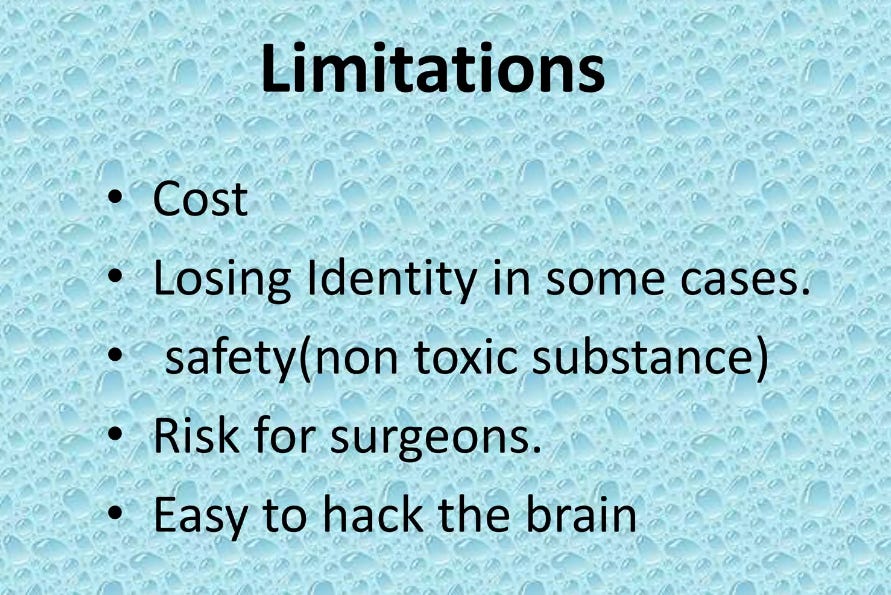



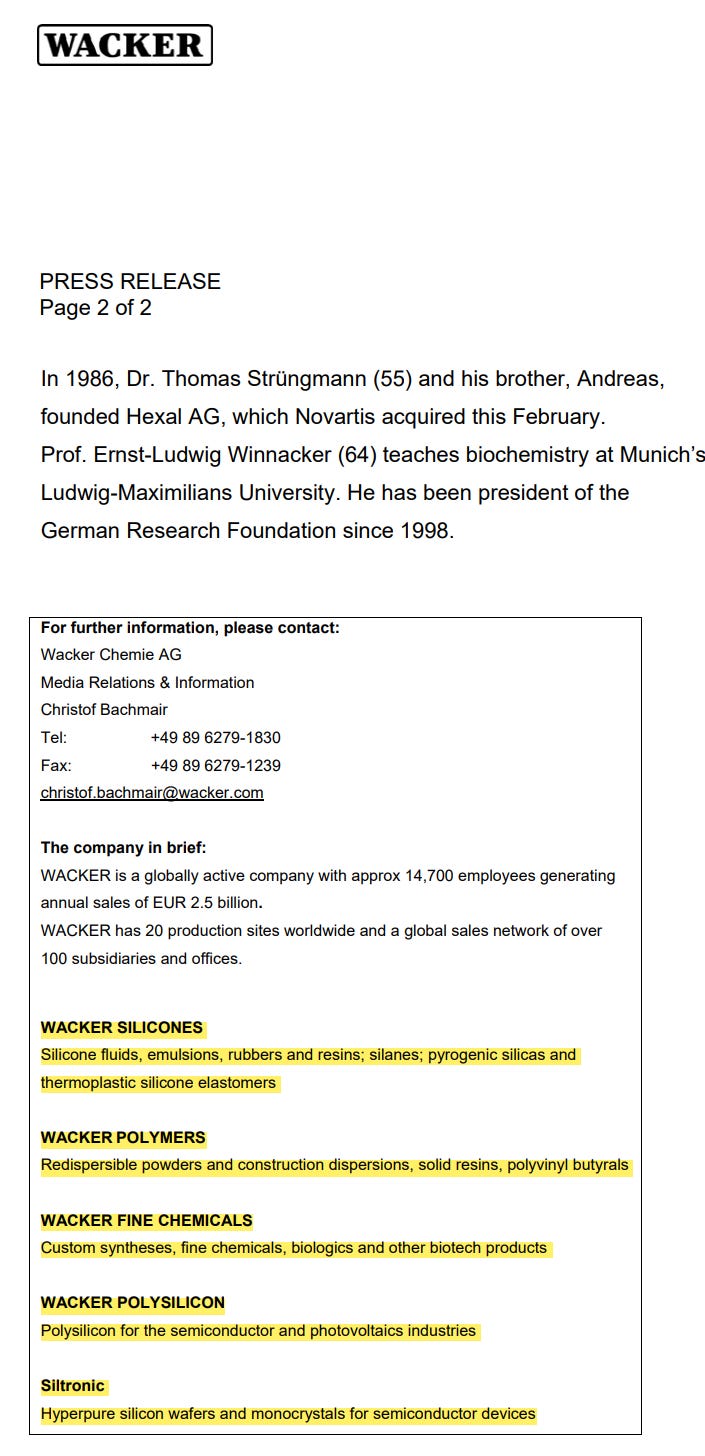


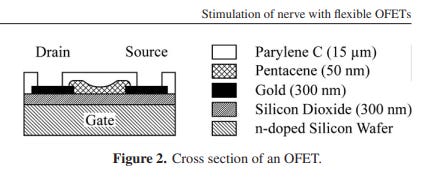




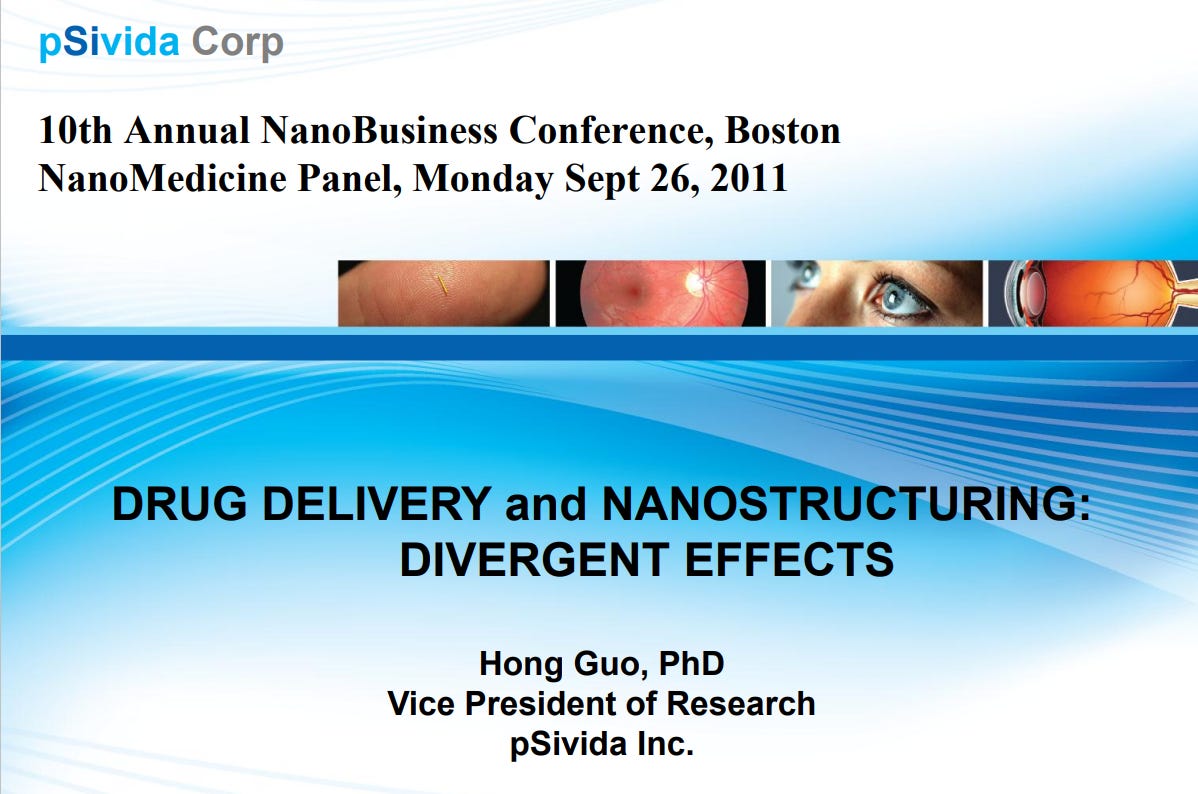



















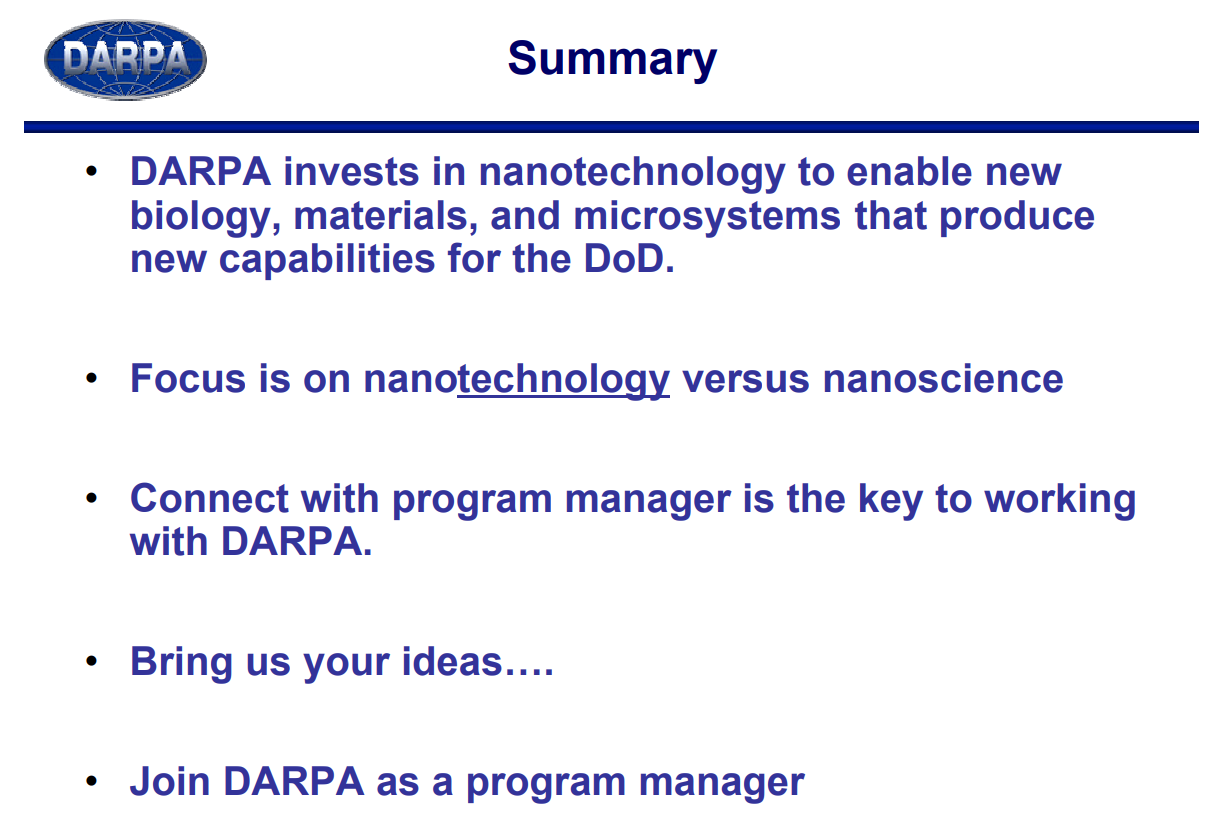









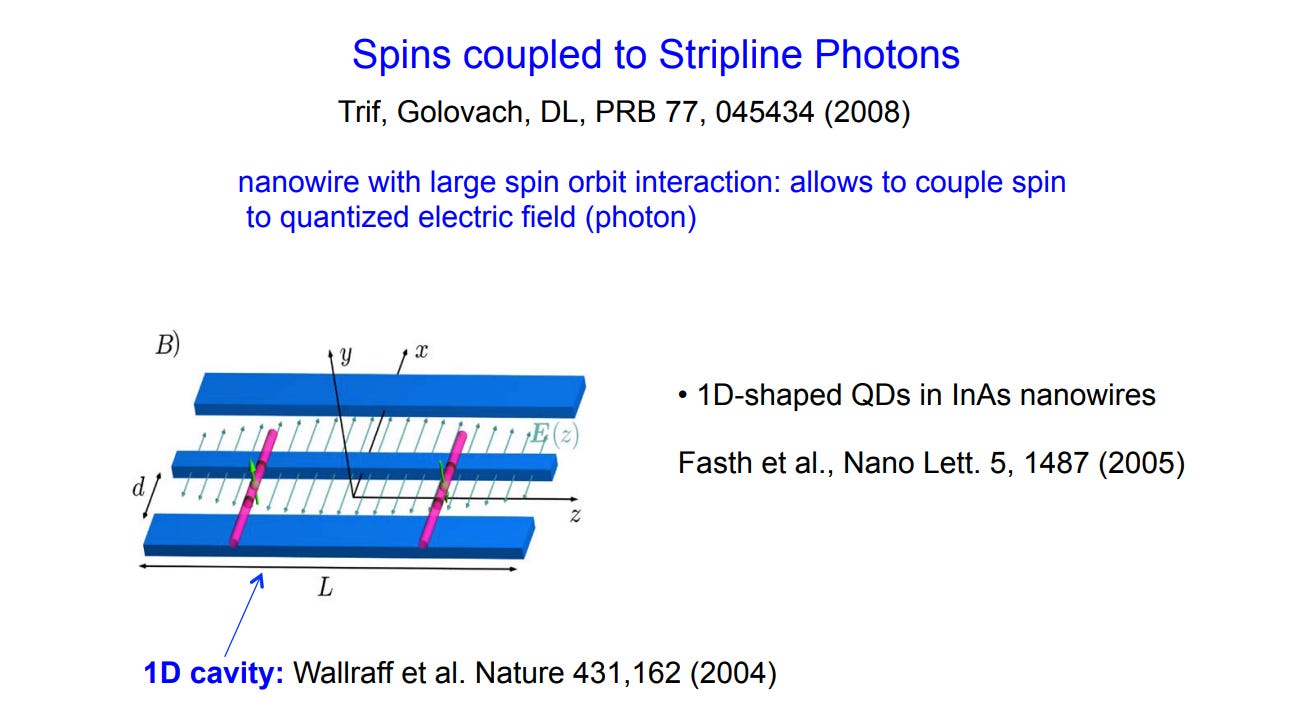








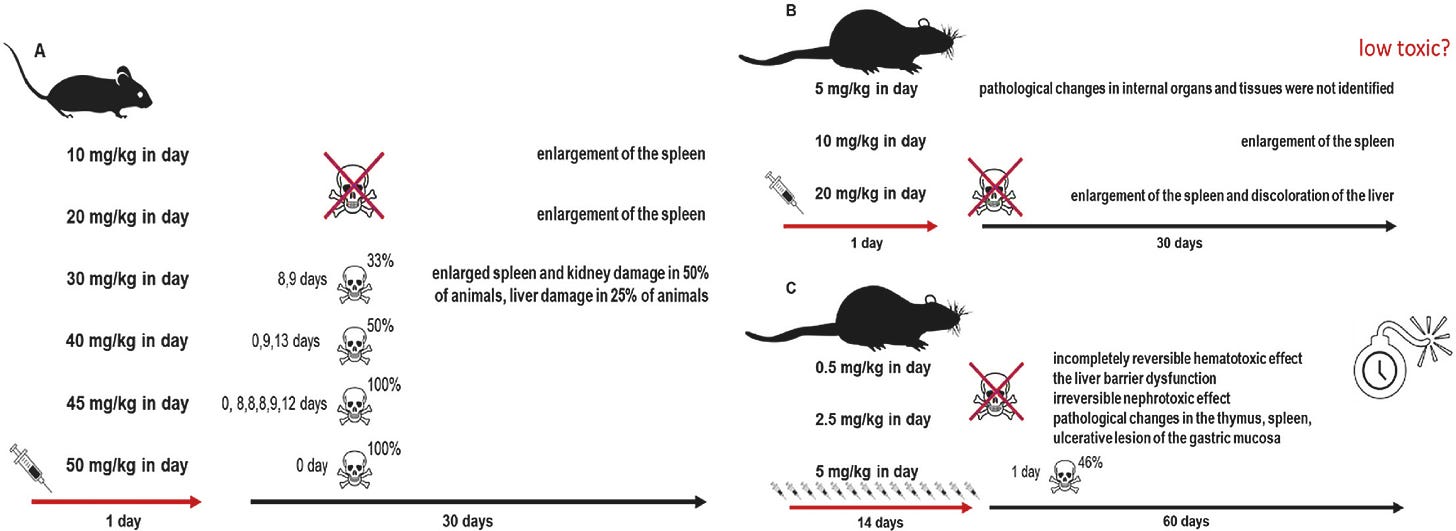
Love that you're naming names most of us have never heard before. Crazy thing is - they'e trying to weaponize the same tech that our bodies already have, mainly melanin, which is also a semiconductor, and can not only detox heavy metals but fight cancer as we absorb UV in full spectrum Sun:
https://romanshapoval.substack.com/p/can-we-detox-nanotech-with-sunlight
Incredible research thank you. These people seem batshit crazy to me.